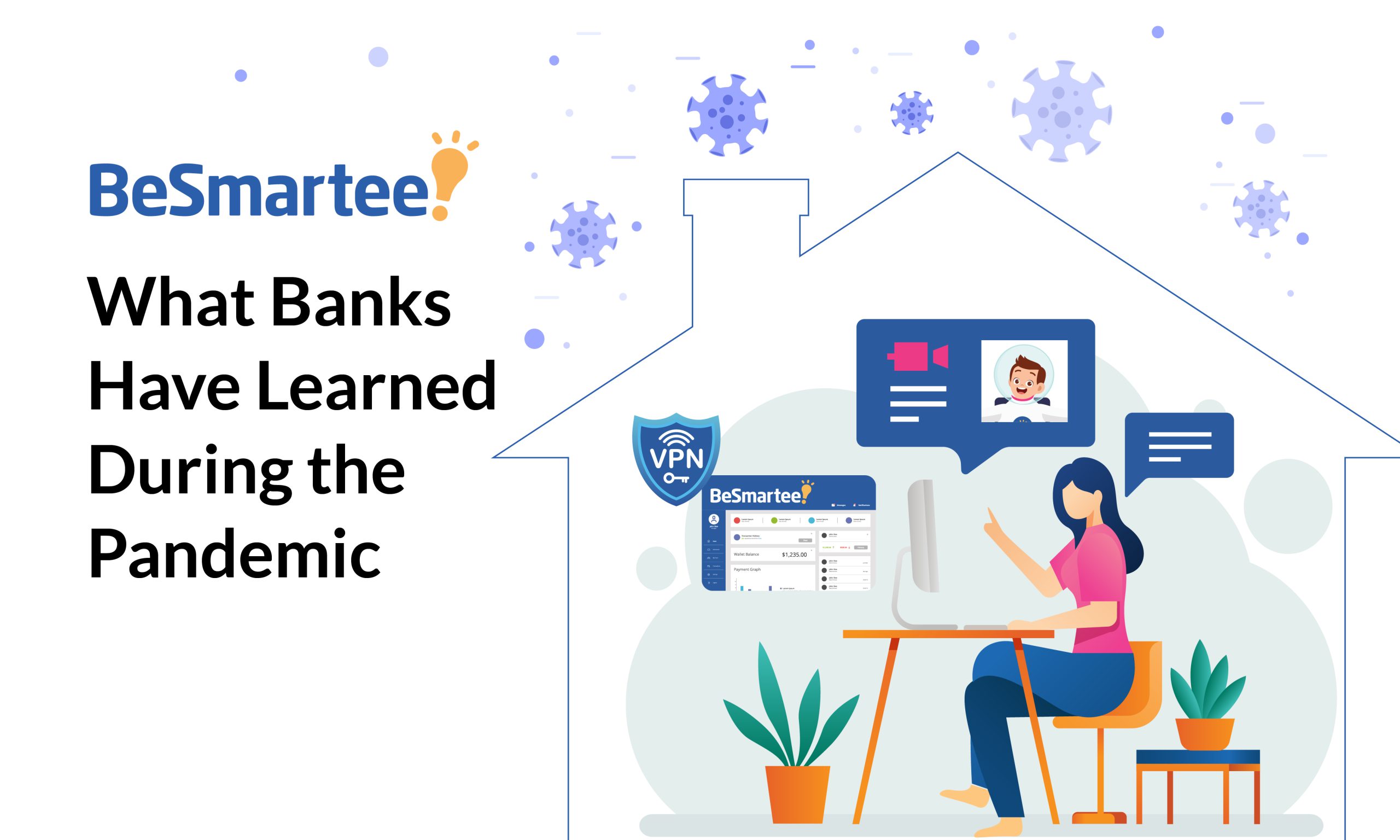Every major world event influences consumer behavior, and there is no better recent example of this than the Coronavirus pandemic’s effect on the banking industry.
Consider small community banks or credit unions that, up until COVID-19, did much of their business in a physical branch with most or all the workforce reporting to that branch to work. Now that Coronavirus has hit the scene, society has become aware of a need for social distancing during a pandemic or epidemic. This has led many bank employees and customers to realize that there are benefits to offering a virtual banking option… regardless of whether a health crisis is imminent or not.
If banks wish to stay in business, they need to figure out how to handle doing business virtually, including having a system in place for their employees to work from home without compromising financial information, a task that can be difficult to achieve.
How Banks are Handling Going Virtual
Some financial institutions are going virtual better than others. Big banks are having the least challenges since they typically have adequate bandwidth to accommodate the new work-from-home environment. The most secure system, reports the American Bankers Association (ABA), is either “virtual desktop-server technology or virtual private networks [that allow] access to internal networks.”
Smaller banks are scrambling a bit, often resorting to cloud services, which might not be too secure. And, even worse, some small financial institutions are allowing employees to use their own computer devices, which presents a myriad of potential security problems. For one, there is no endpoint security necessarily built in to personal devices, such as multi-factor authentication, reports the ABA. And for another, an employee’s personal device could have viruses on it, possibly from visits to fraudulent sites.
To succeed in the future, banks will need to learn to adapt to a remote working environment that makes sense for employees and that is safe for customers.
How Banks Will Manage Remote Work in the Future
Banks have had to adapt to automation quicker than ever before. Whereas many financial institutions have reported wanting to go digital, less than 15% consider themselves leaders in digital banking, reports The Financial Brand. There clearly is a need for more banks to get on board with offering an array of virtual services for their customers and a system for their employees to work virtually from home.
Fewer branches: One outcome of the post COVID-19 world as it relates to banking is the reduced need for physical branches. Not all branches will be eliminated, but most likely a reduction will occur. The days of your customers waiting in line for a teller to deposit or cash a check or to meet with a loan officer in person are waning as more and more people want to conduct (and are conducting) banking business online. In order to make customers feel safe and secure about digital banking, however, banks need to have secure and seamless processes in place, which can be achieved. (More on this below.)
More online customer service: Transforming banking to digital does not do away with bank employees. There is still a need for customer service, only now employees will work with customers, not in person, but virtually from home, often through live chat. Digital is not going away, and financial institutions need to get on board with offering a completely digital, and safe, suite of services to succeed.
Subscribe to BeSmartee 's Digital Mortgage Blog to receive:
- Mortgage Industry Insights
- Security & Compliance Updates
- Q&A's Featuring Mortgage & Technology Experts
A Digital Transformation
Although many banks have been heading toward a digital transformation, the COVID-19 pandemic has made it necessary for banks to adapt to automation quicker than was maybe planned.
Open bank accounts online: Banks that do not offer online account opening should consider doing so. Requiring customers to come to a branch to open an account will likely result in some lost business, as there will probably be fewer branches in the future, making it more difficult and time-consuming for people to get to a bank, for one. And in the future, people will probably come to expect to do all their banking online and will likely seek out a bank that offers this service. The banks that do will probably grow, and the banks that don’t most likely won’t.
Apply for mortgage loans online: Before COVID-19, people were already applying for mortgages online. Hitwise data shows that 4.4 million people have been looking online for a mortgage, and this number of people searching for online mortgages has been growing 18% every year. It’s safe to assume this trend will continue to grow. If your bank doesn’t offer a digital mortgage option, you would be wise to start preparing to offer that service now. BeSmartee can help you deliver a complete digital mortgage experience, which can improve the customer experience and reduce your costs and cycle times.
Improved Automation in the Future
Banks will learn to communicate with customers differently. Many customers will no longer need to come to a branch, and will instead do everything online. This includes making deposits virtually, paying the mortgage online, and applying for an online mortgage.
Rethink Your Online Customer Journey
You can help your customers with their everyday needs to get all their banking done online, while ensuring you address security issues. Cyber-security continues to be a big concern for the banking industry. Banks, to make sure they can reassure their customers that they are doing all they can to keep their accounts secure, should look at their old systems that do not fit into this new environment and make the necessary changes and improvements.
More Security Oversight in the Future
With more employees working from home, banks can do their part to create a cyber-secure environment. That can happen by the following methods:
- Ensuring all workers have the newest antivirus software installed on their computer devices
- Being able to provide a virtual private network (VPN), which creates an encrypted connection
- Providing password managers for login procedures
- Making sure there is two-factor authentication to access information
- Providing continual education on data security, such as teaching employees how to avoid phishing scams or malicious email links
Beyond the Pandemic
Make sure you can accommodate all the virtual banking needs of your customers while making every effort to ensure their financial data is secure while most of your staff is working from home. There are more lessons to be learned, and now is the time to become the hero to your customers.




